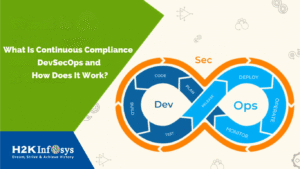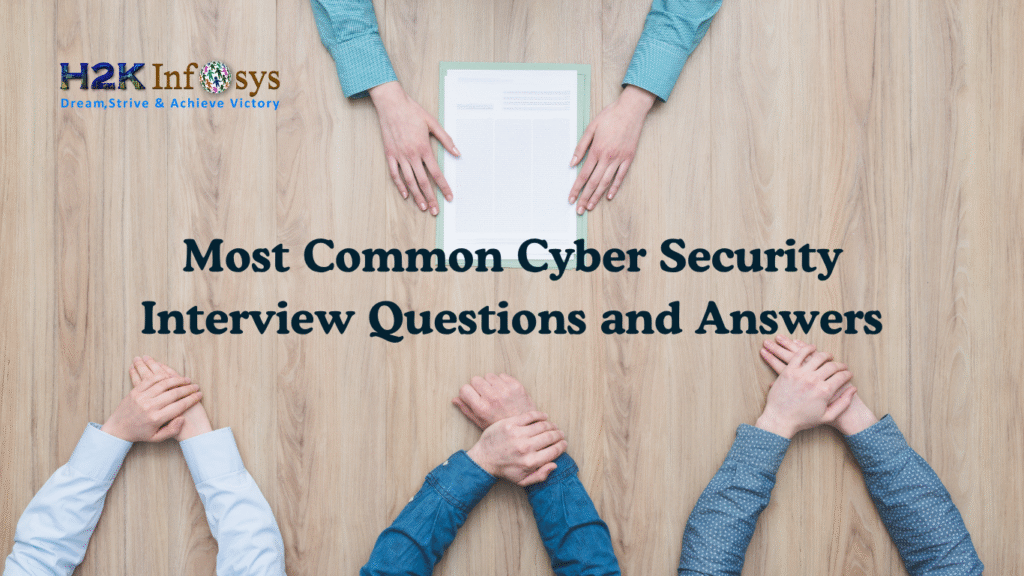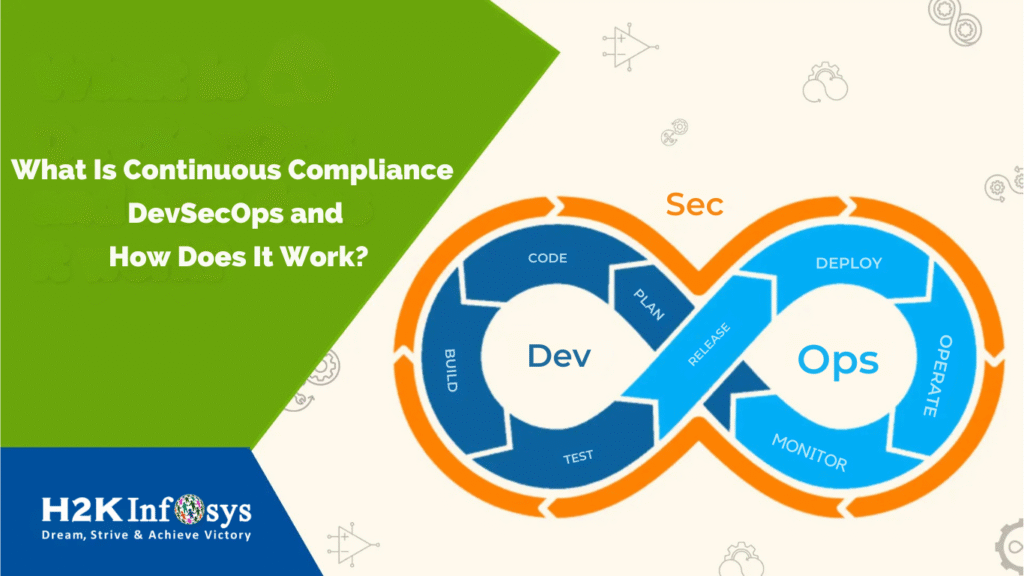In today’s fast-paced digital world, ensuring the reliability and continuity of your Salesforce administration environment is crucial. With the increasing reliance on Salesforce for managing customer relationships and business operations, Salesforce administrators must implement robust high availability and disaster recovery strategies. This blog explores these strategies and highlights the significance of Salesforce Admin Certification in mastering them.
The Importance of High Availability and Disaster Recovery
High availability and disaster recovery are vital components of a resilient IT infrastructure. High availability ensures that your Salesforce system remains operational and accessible even in the face of technical issues or failures. Disaster recovery, on the other hand, involves planning and procedures to restore system functionality and data integrity after a major disruption or disaster. Both strategies are essential to minimize downtime and maintain business continuity.
1. Understanding High Availability
High Availability (HA) refers to the design and implementation of systems that are consistently operational with minimal downtime. In Salesforce administration, high availability can be achieved through several approaches:
- Redundancy: Implementing redundant systems and components helps ensure that if one part fails, another can take over seamlessly. For instance, Salesforce offers various built-in redundancies across its cloud infrastructure to prevent service interruptions.
- Load Balancing: Distributing workloads across multiple servers or instances helps balance the load and prevents any single point of failure from impacting the overall system performance.
- Failover Mechanisms: Automated failover systems can detect failures and switch to a backup system to maintain service continuity. Salesforce’s cloud infrastructure includes failover mechanisms to ensure high availability.
2. Implementing Disaster Recovery
Disaster recovery involves creating a plan to recover from significant disruptions, such as natural disasters or major system failures. Key aspects of a disaster recovery strategy include:
- Backup Strategies: Regularly backing up critical data and configurations ensures that you have the necessary information to restore operations in the event of a disaster. Salesforce provides tools for exporting and backing up data, and it’s essential to establish a schedule for these backups.
- Recovery Point Objective (RPO) and Recovery Time Objective (RTO): Define acceptable RPO and RTO metrics for your Salesforce environment. RPO measures the maximum data loss acceptable, while RTO defines the maximum time allowed for recovery.
- Disaster Recovery Plans: Develop a comprehensive disaster recovery plan that outlines the procedures for restoring Salesforce services, including contact lists, communication strategies, and recovery steps.
3. Leveraging Salesforce Tools for High Availability and Disaster Recovery
Salesforce provides a range of tools and features to support high availability and disaster recovery efforts:
- Salesforce Data Export: Regularly export data to ensure you have backups that can be restored if needed.
- Sandbox Environments: Use sandbox environments for testing and validating disaster recovery procedures without impacting production data.
- Change Sets and Metadata: Utilize change sets and metadata backup tools to preserve configurations and customizations.
4. Training and Certification for Effective Administration
Achieving a comprehensive understanding of high availability and disaster recovery in Salesforce administration is best supported by obtaining relevant certifications. Salesforce Admin Certification plays a crucial role in equipping administrators with the knowledge and skills necessary to implement these strategies effectively.
Salesforce Admin Certification provides a foundational understanding of Salesforce administration, including data management, user management, and system configurations. This certification is invaluable for administrators aiming to ensure high availability and robust disaster recovery planning.
For those looking to advance their skills further, sfdc salesforce certification offers specialized knowledge in handling Salesforce’s advanced features and functionalities. Similarly, Salesforce administrator certification focuses on essential administrative tasks and strategies, including high availability and disaster recovery.
5. Special Benefits for International Students
For Indians who have relocated to the USA for higher studies and are seeking job opportunities, investing in Salesforce admin Certification can be highly advantageous. Many educational institutions and training providers offer flexible payment options, such as the learn-now-pay-later scheme with installment plans. This approach allows you to spread the cost over three slots of installments, making it easier to manage financially while focusing on your studies and career development.
This option is particularly beneficial for international students, as it allows them to gain valuable certifications without the immediate financial burden. The certification enhances your resume, making you a competitive candidate in the job market and opening doors to various career opportunities in Salesforce administration.
How do you prepare for the Certification Exam?
Preparing for a certification exam, such as Salesforce Admin Certification, involves a structured approach to mastering the necessary knowledge and skills. Here’s a comprehensive guide on how to effectively prepare for your certification:
1. Understand the Exam Requirements
- Review the Exam Guide: Read the official exam guide to understand the topics covered, exam format, and any prerequisites.
- Identify Key Areas: Focus on the core areas of the exam, such as user management, data management, and Salesforce configuration.
2. Create a Study Plan
- Set Goals: Define clear, achievable goals for each study session. Break down the material into manageable chunks.
- Allocate Time: Dedicate regular, scheduled study time each week. Consistent, focused study sessions are more effective than cramming.
3. Use Official Study Materials
- Study Guides and Books: Utilize official study guides, textbooks, and documentation to cover all exam topics.
- Training Courses: Enroll in online or in-person training courses offered by reputable providers. These often include comprehensive coverage of exam objectives.
4. Practice with Sample Questions
- Practice Exams: Take practice exams to familiarize yourself with the question format and identify areas where you need improvement.
- Mock Tests: Simulate real exam conditions with timed mock tests to build confidence and test your readiness.
5. Join Study Groups and Forums
- Online Communities: Join forums and online communities related to the certification. Engage in discussions, ask questions, and share resources.
- Study Groups: Form or join study groups with peers who are also preparing for the certification. Collaborative learning can enhance understanding and retention.
6. Hands-On Practice
- Sandbox Environments: Utilize Salesforce sandbox environments to gain practical experience. Practice configuring and managing Salesforce features in a safe environment.
- Hands-On Labs: Participate in hands-on labs and exercises to apply theoretical knowledge to real-world scenarios.
7. Review and Revise
- Review Notes: Regularly review your notes and key concepts. Focus on areas where you feel less confident.
- Revise Key Topics: Prioritize revising important topics and concepts that are frequently covered in practice exams.
8. Take Care of Your Well-being
- Healthy Routine: Maintain a healthy study routine with breaks and adequate rest. Avoid last-minute cramming to prevent burnout.
- Stress Management: Practice relaxation techniques and manage stress to ensure you’re in the best state of mind on exam day.
9. Familiarize Yourself with the Exam Environment
- Understand the Format: Know the format of the exam, including the types of questions and the timing.
- Technical Requirements: Ensure you’re familiar with the technical requirements and exam interface if taking the exam online.
10. Schedule the Exam
- Choose a Date: Book your exam well in advance to secure a convenient date and time.
- Prepare for Exam Day: Gather all necessary documentation and materials needed for the exam. Arrive early to the test center or set up your online exam environment ahead of time.
Additional Resources
- Download the Salesforce Course Curriculum
- Video Tutorials: Salesforce Admin Certification Class Videos
- Forums: Salesforce Forums
By following these steps and utilizing the right resources, you can effectively prepare for your certification exam and increase your chances of success.
Conclusion
Incorporating high availability and disaster recovery strategies into your Salesforce administration practices is essential for maintaining system reliability and business continuity. By understanding and implementing these strategies, you can ensure that your Salesforce environment remains operational and resilient in the face of challenges.
Achieving Salesforce Admin Certification is a crucial step in mastering these strategies and enhancing your administrative skills. With additional certifications like sfdc salesforce certification and Salesforce administrator certification, you can further validate your expertise and position yourself as a proficient Salesforce professional.
For those pursuing higher education in the USA, the learn-now-pay-later option with installment plans offers a practical way to achieve these certifications while managing financial commitments. Invest in your future by obtaining these valuable certifications and ensure your Salesforce environment is equipped for high availability and disaster recovery.



























